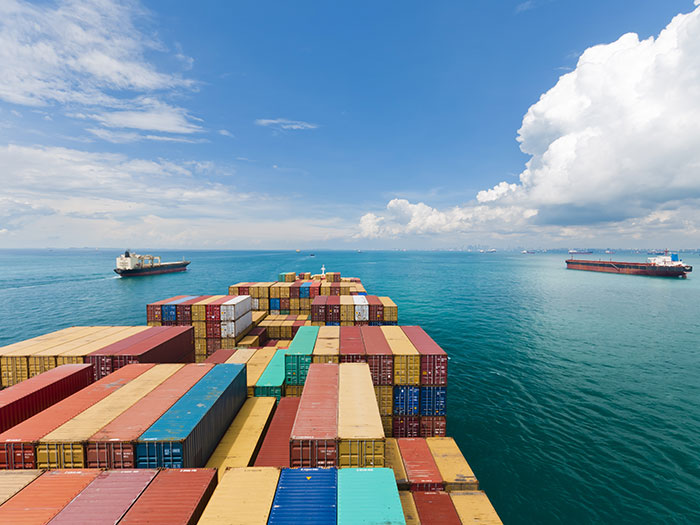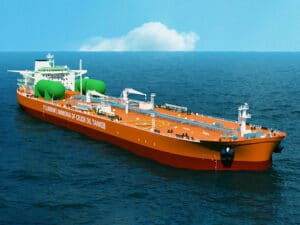
Jotun cites EU MRV data to support carbon reduction claims
Written by Nick Blenkey
Image: Shutterstock
Sandefjord, Norway, headquartered coatings specialist Jotun says that a new study based on European Union Monitoring, Reporting and Verification (MRV) data shows that cargo vessels using Jotun Hull Performance Solutions (HPS) reported a 20% lower carbon intensity in operations on average, compared to non-HPS peers in 2019 and 2020.
Jotun says that cross-checked statistics also indicate lower carbon emissions than from vessels known to be sailing with some “low-friction” foul-release silicone coatings claiming to offer market-leading performance.
Only marine coatings applied within the three years preceding the emissions report were considered. The internal study carried out by Jotun investigated major cargo vessel types, including bulk carriers, chemical tankers and oil tankers, with a dataset of almost 9,000 vessels, and the emissions report was verified by accredited parties.
The Carbon Intensity Index (CII) set to be implemented by IMO in 2023 focuses on the yearly reduction in emissions during operations. Jotun says this means that vessel owners cannot just rely on the “out-of-dock” effect of a hull maintenance. They need a reliable and effective antifouling solution that will perform consistently throughout the service interval. Maintaining a cleaner hull with minimal fouling means a vessel has less resistance when sailing through water. Consequently, less power and fuel are required for the same speed and this directly reduces the amount of carbon dioxide released.
Jotun says its HPS have a proven track record of long-term reliability and will become more important than ever for vessel owners to gain a competitive advantage.
“We thank our customers for their trust in our Hull Performance Solutions and the return on investment it delivers over the service interval,” says Stein Kjolberg, global category director for hull performance at Jotun. “Vessels using Jotun’s HPS typically have farsighted owners and operators that are willing to invest to achieve the most efficient operations. They are not too focused on the immediate cost of dry docking or short-term returns. They know the resulting fuel savings will eventually outweigh the upgrade cost of antifouling and other similar investments many times over. The fact that fuel savings translate directly into lower carbon emissions will further add to the return on investment in that stakeholders in the shipping industry will more strongly prefer and reward vessels with lower carbon emissions moving forward.”
Vessels may be technically designed to be energy efficient and meet the Energy Efficiency Design Index (EEDI) and Energy Efficiency Existing Ship Index (EEXI) requirements. In actual service, however, says Jotun, marine fouling, weather conditions and operational factors come into play. While there are multiple ways to reduce the carbon intensity of operations, fouling protection is perhaps one of the most important and easiest to take advantage of. It is already part of every maintenance docking.
It is also the one with the most crucial aspect, as the increased resistance of a fouled hull can easily negate efficiency gains from energy saving devices and modifications. The best approach is to use a combination of approaches. According to Jotun, in its study based on EU MRV data, container vessels with Jotun HPS reported 49% lower carbon emissions compared to their non-HPS peers, and a 10% advantage over vessels using some “low-friction” foul-release silicone coatings.




